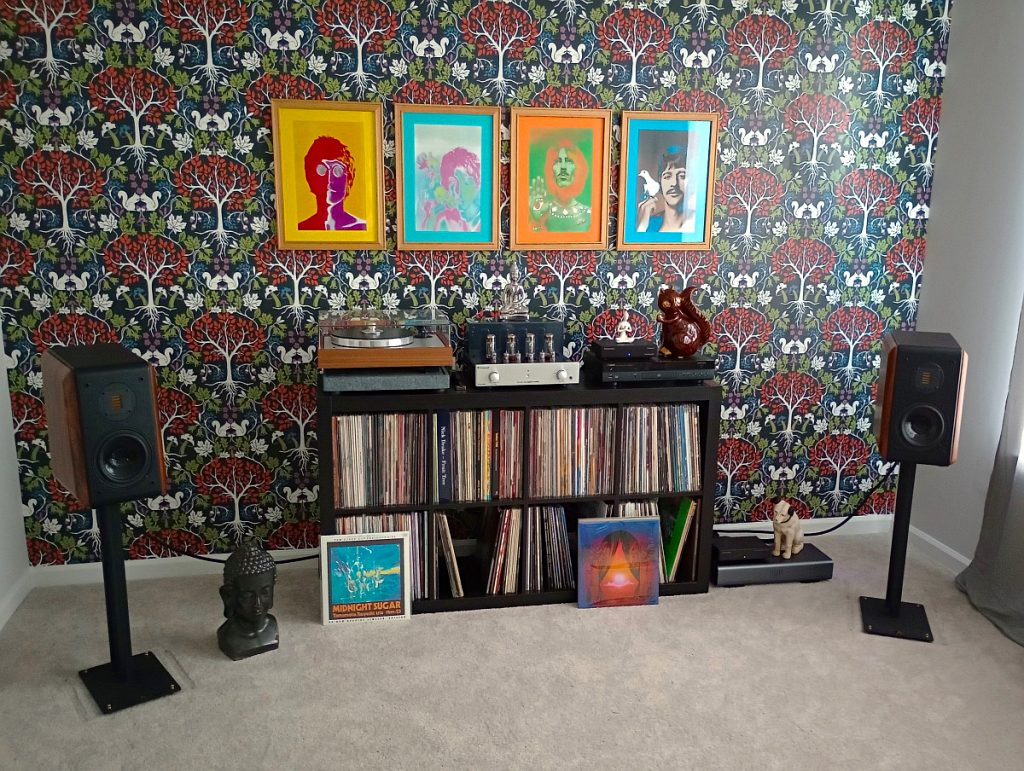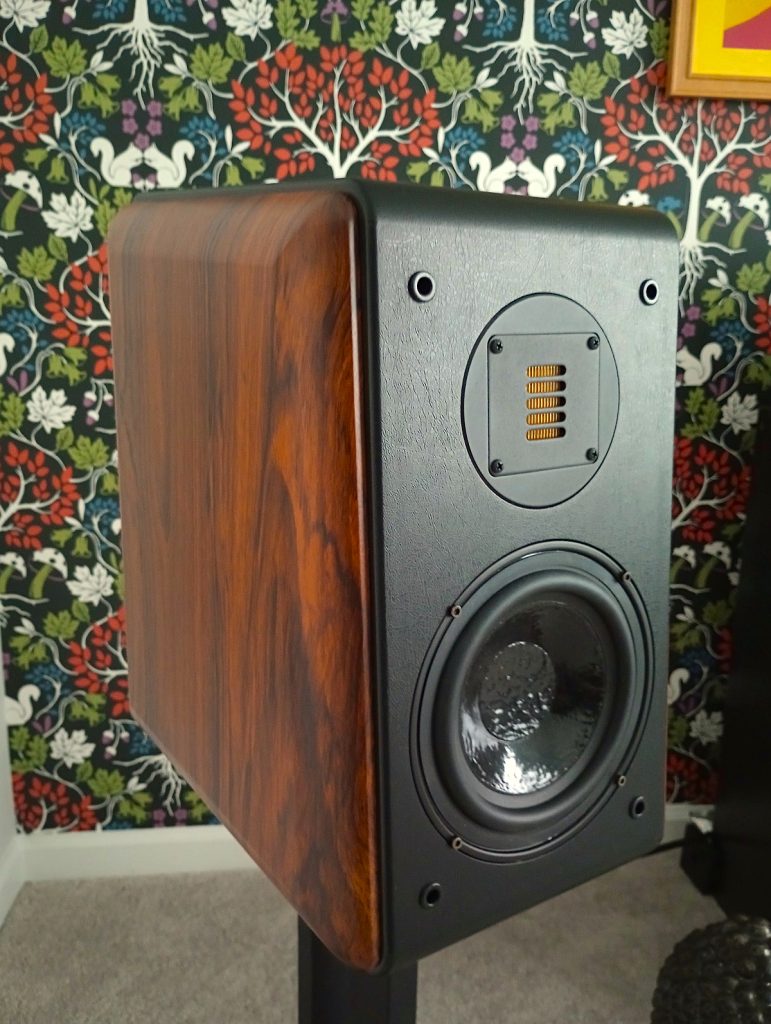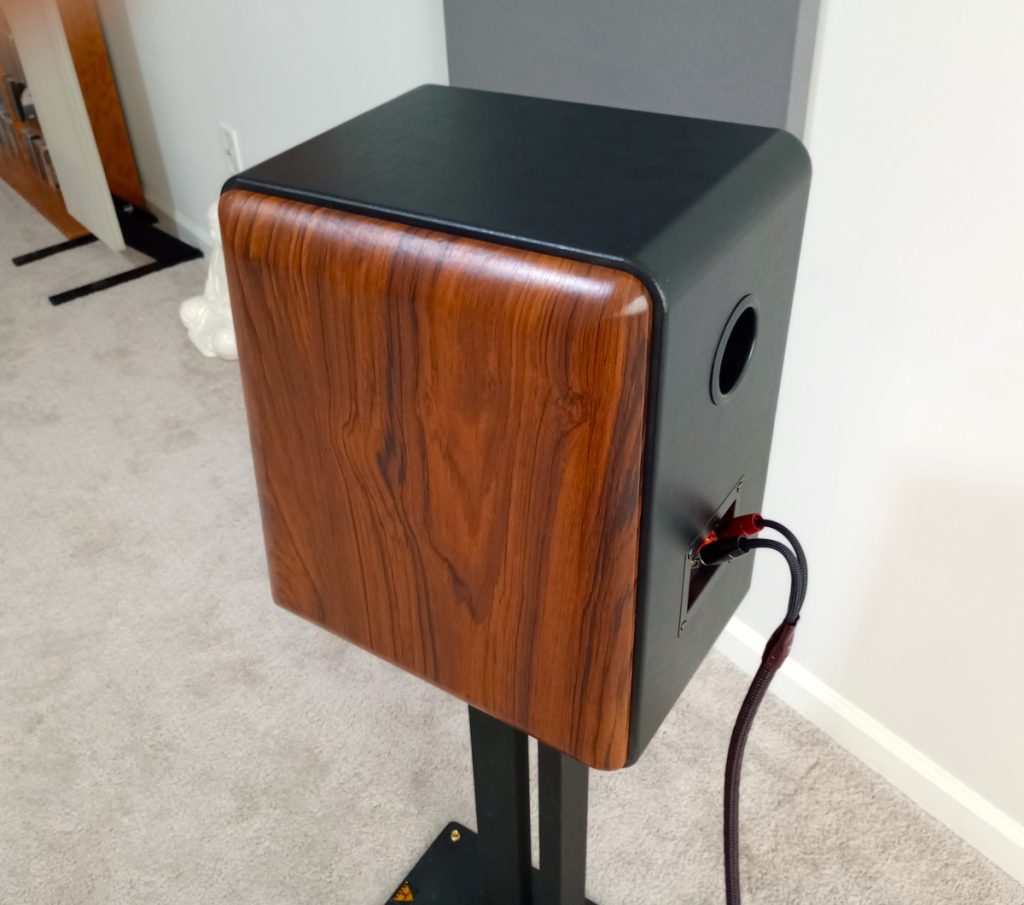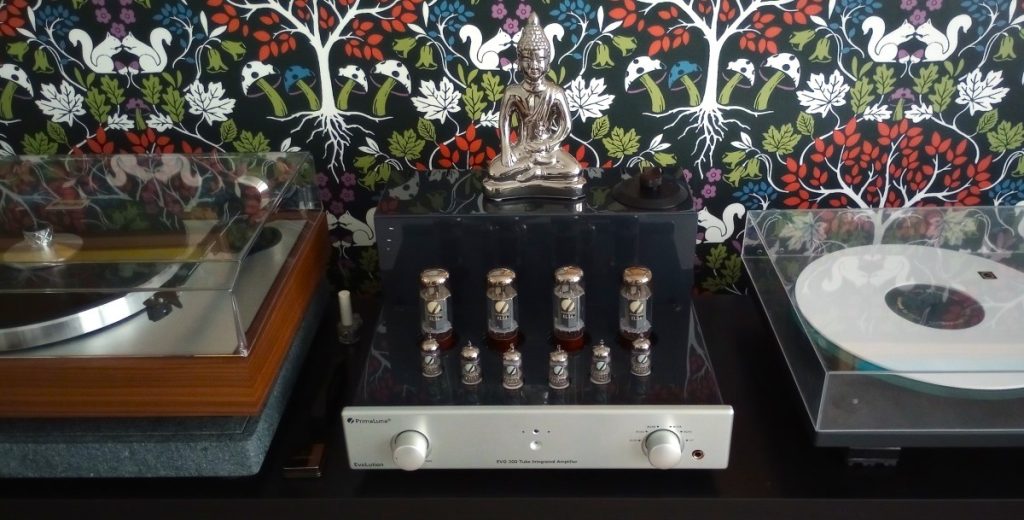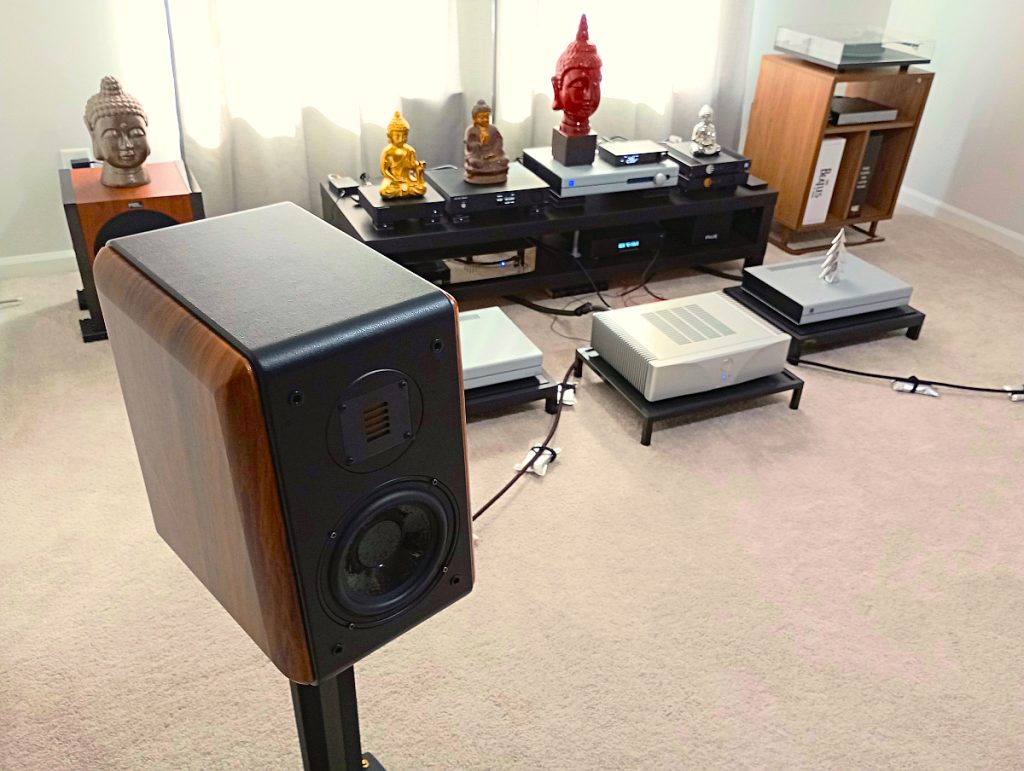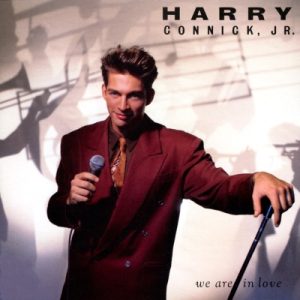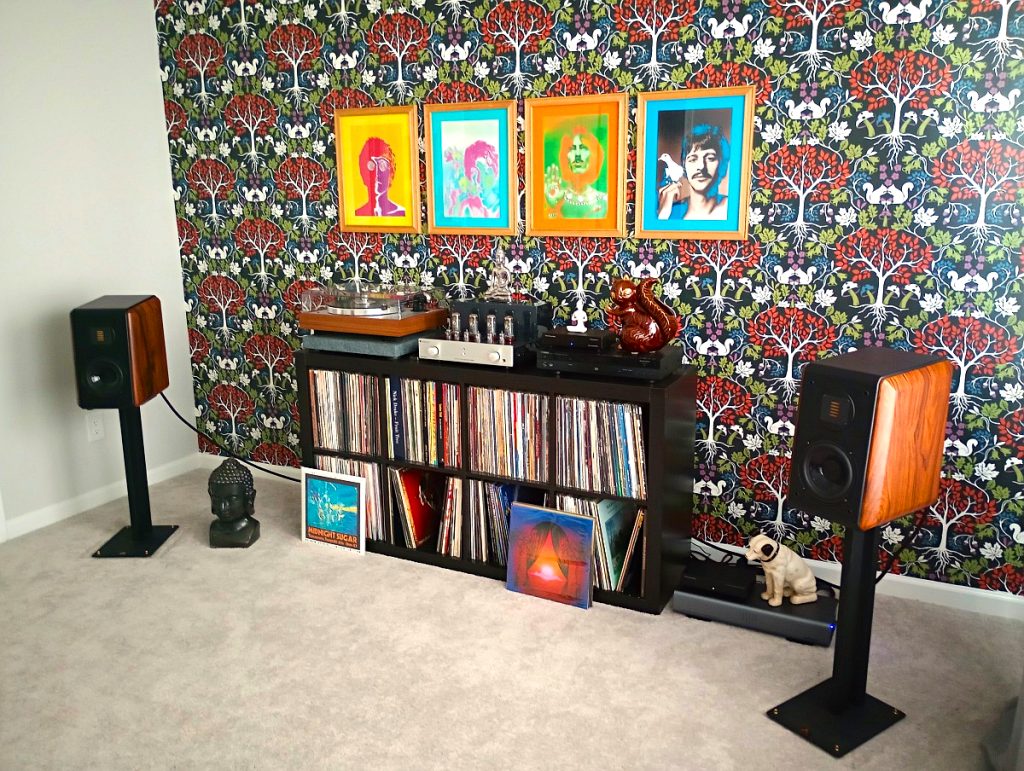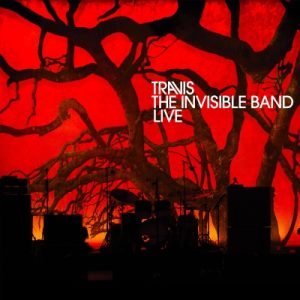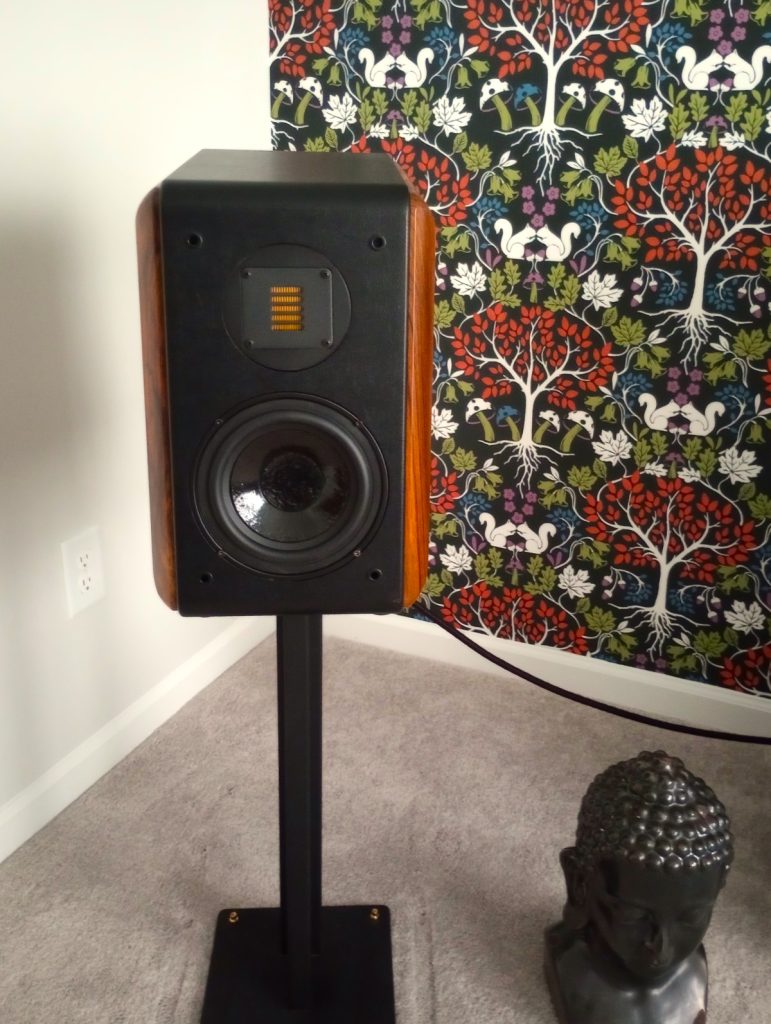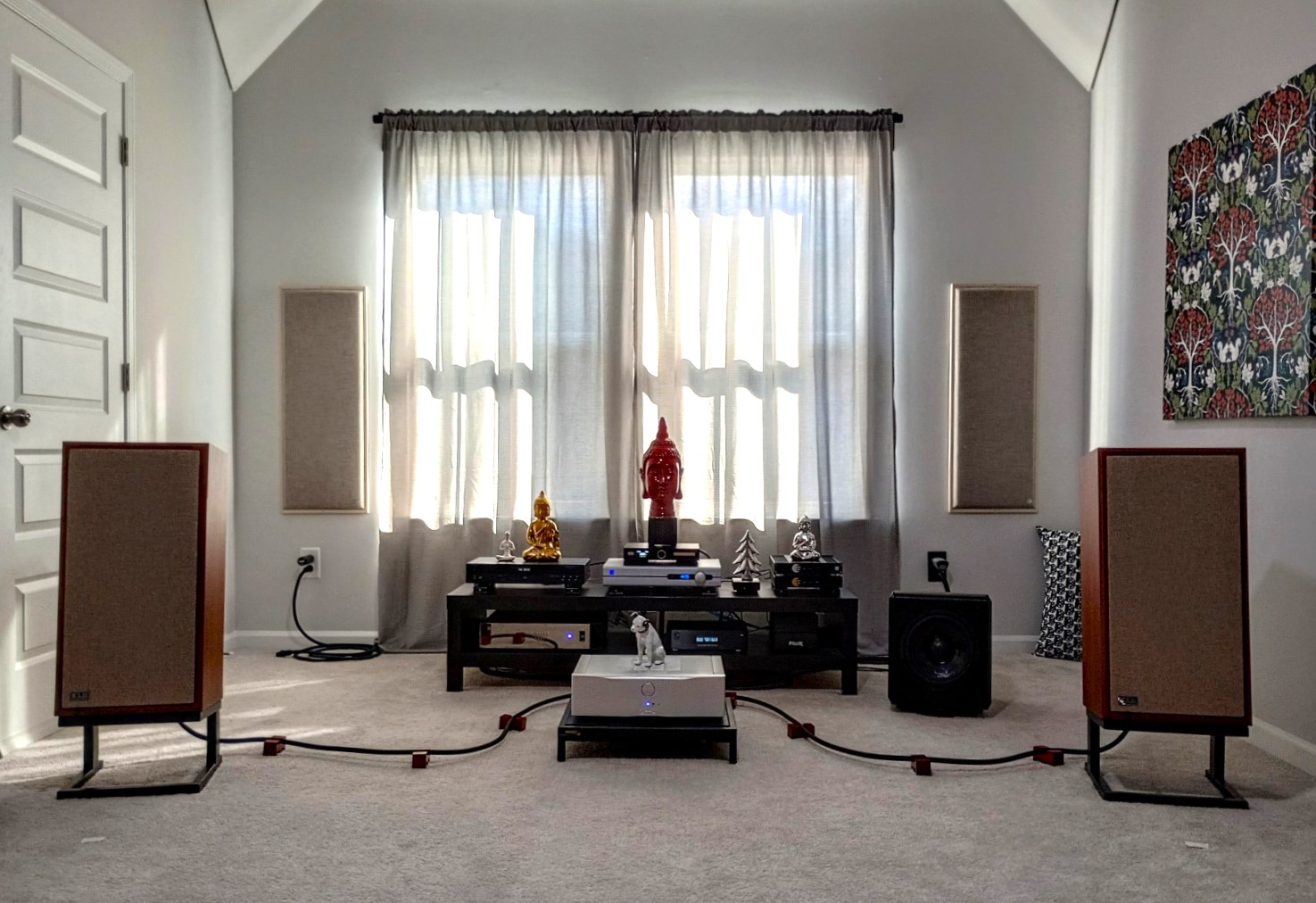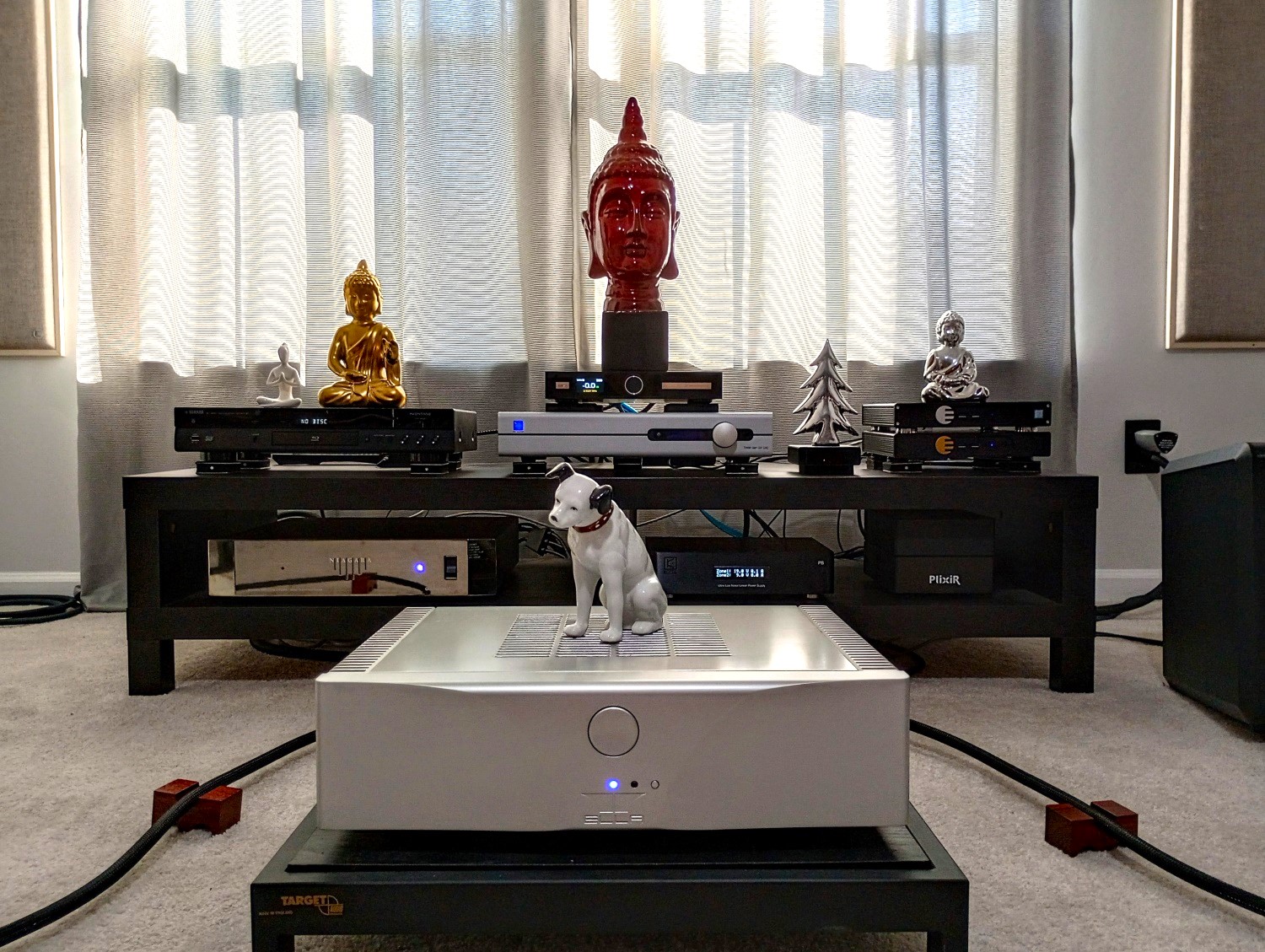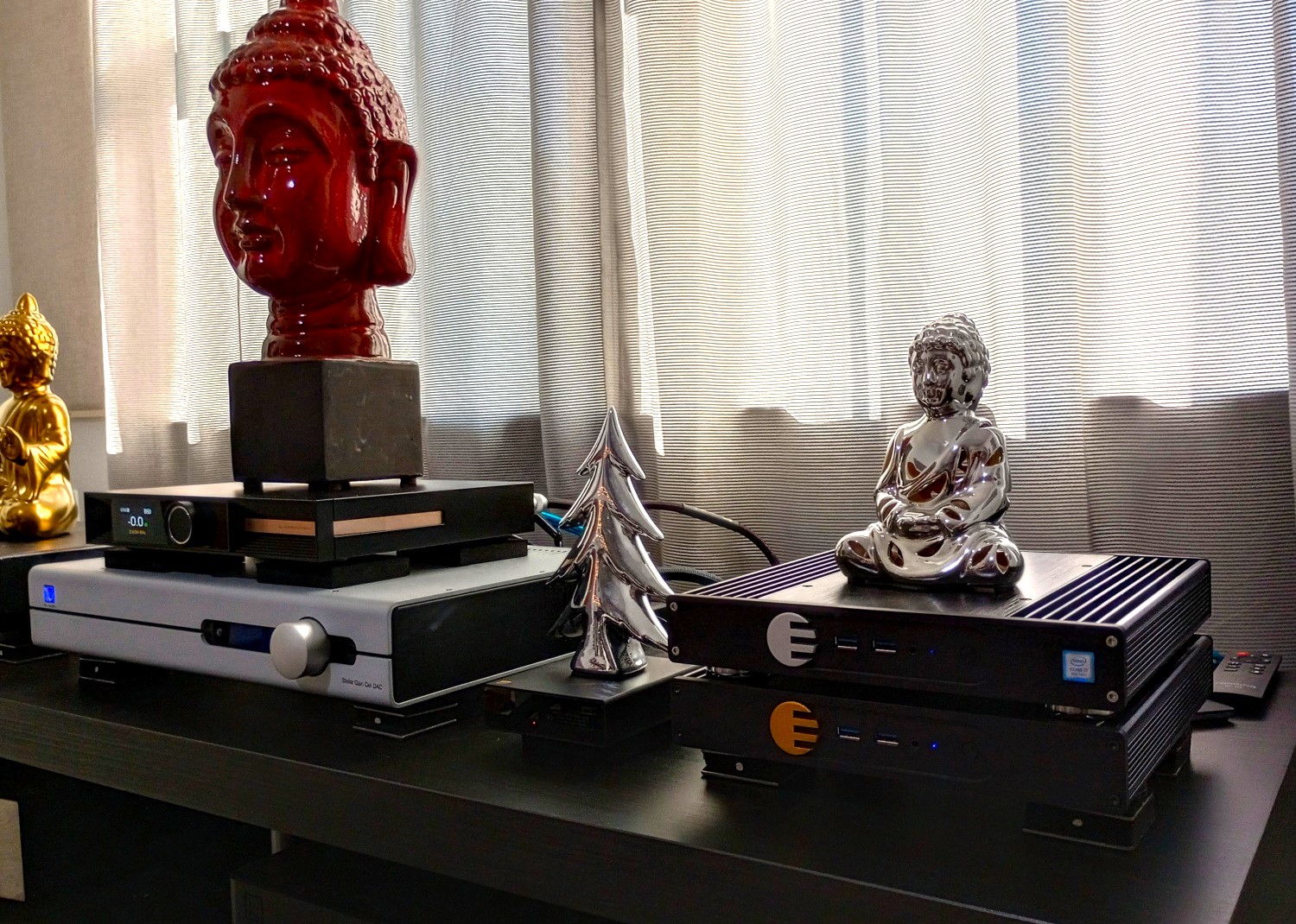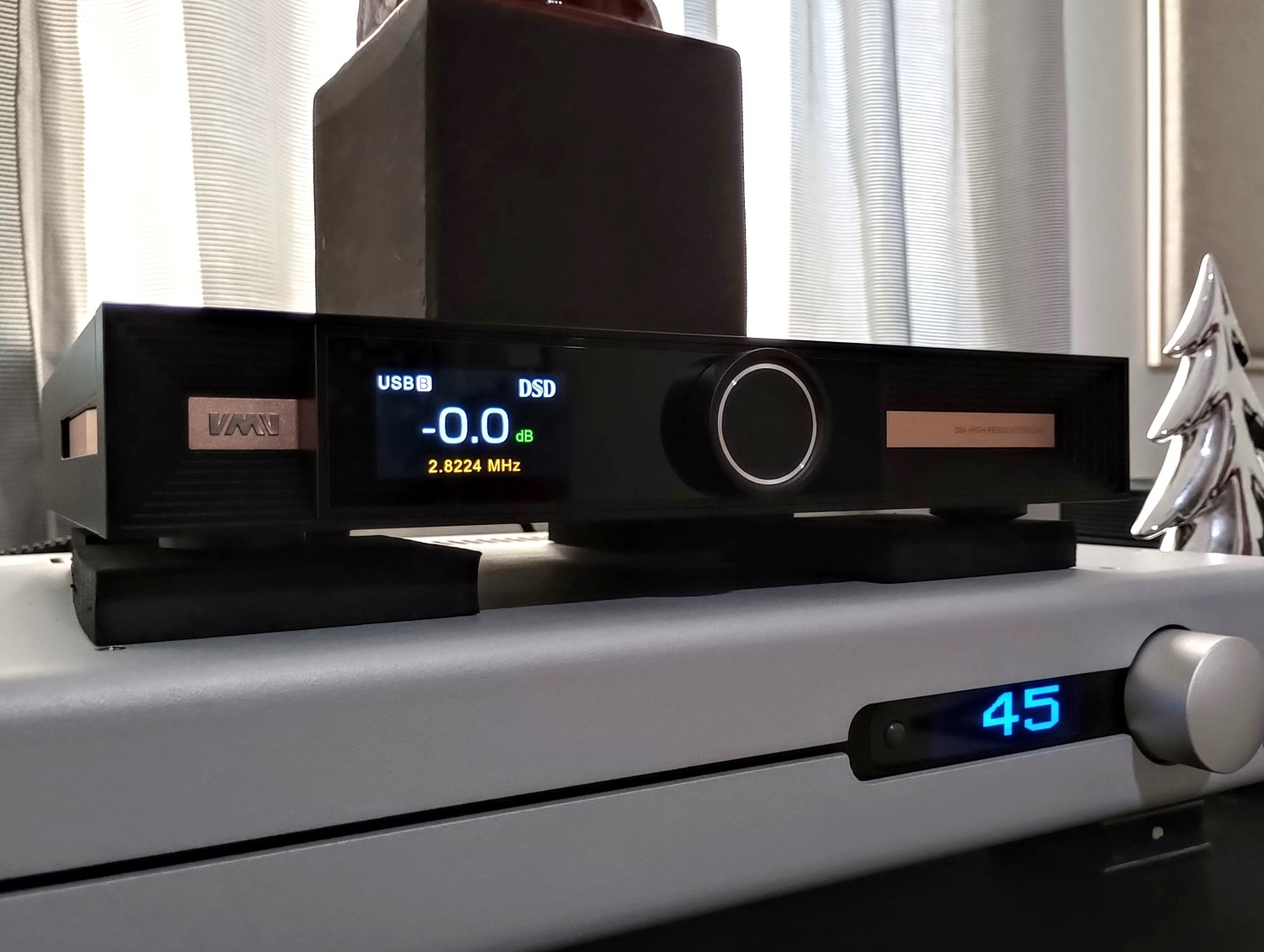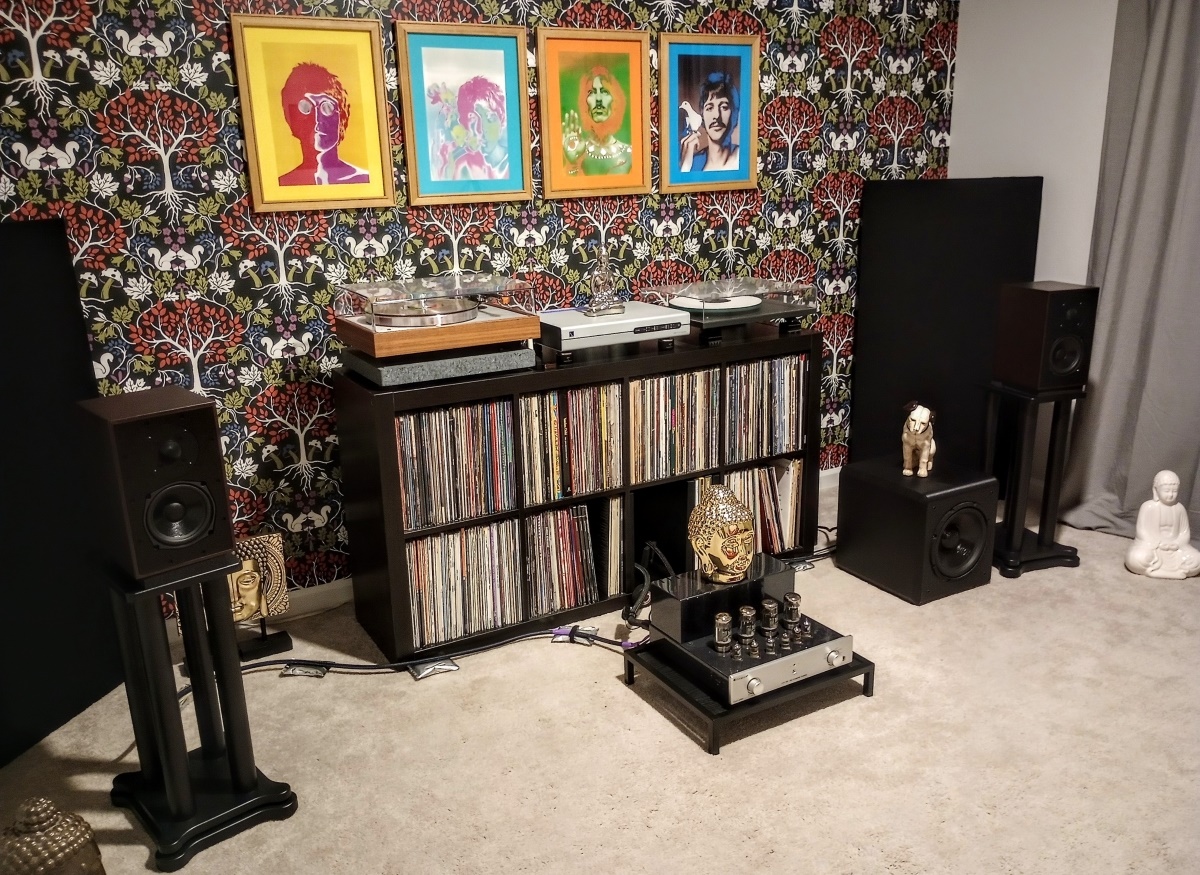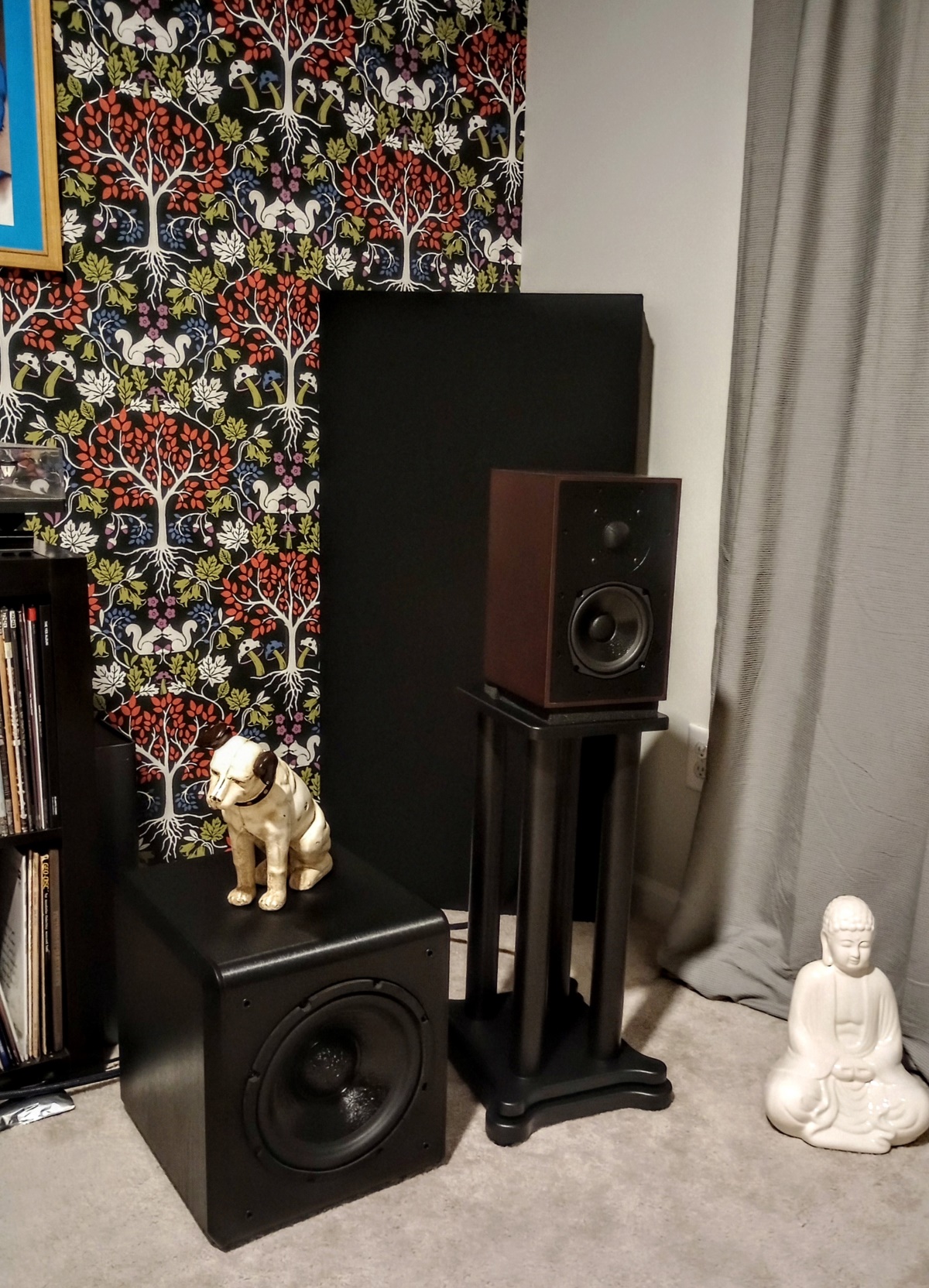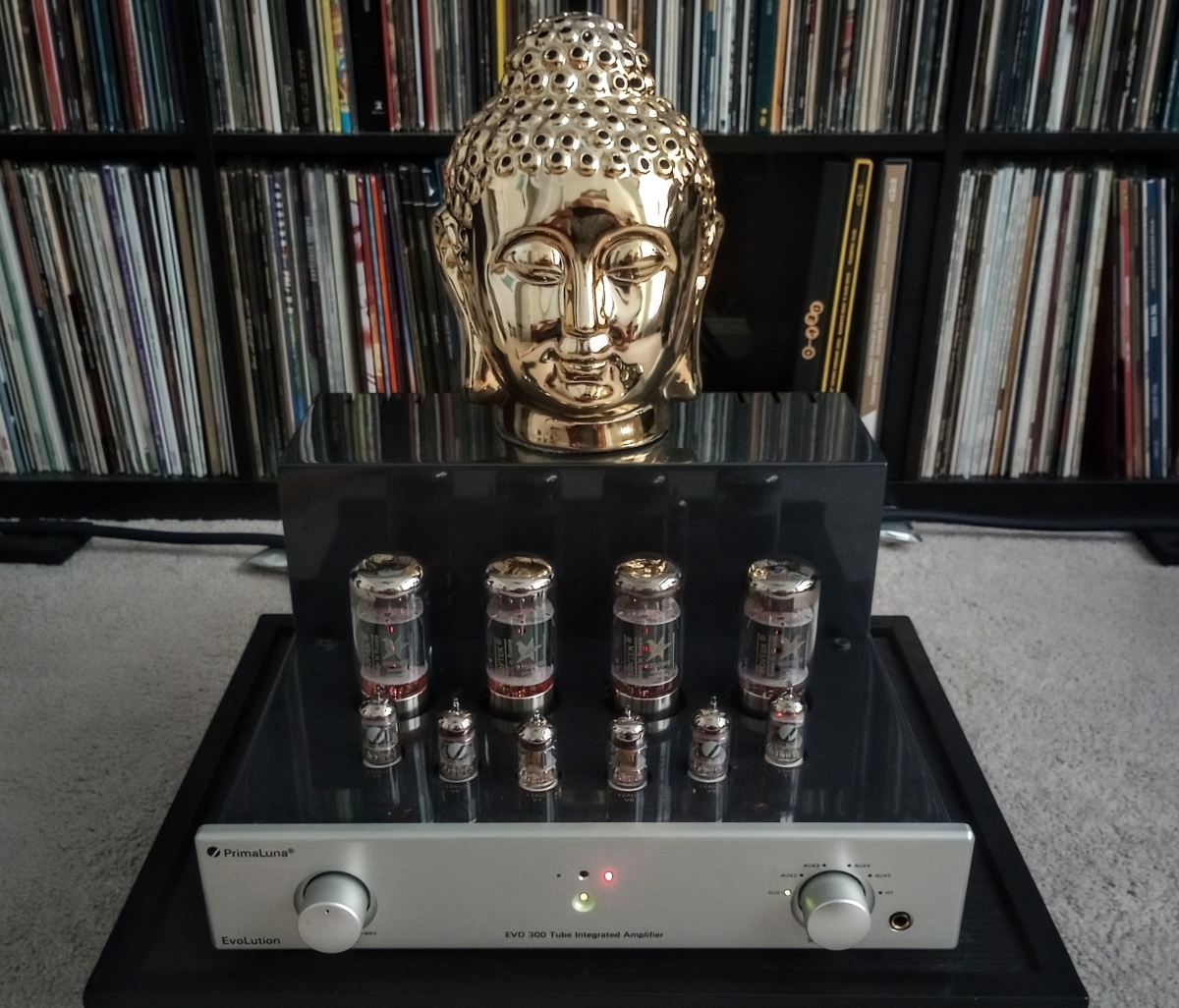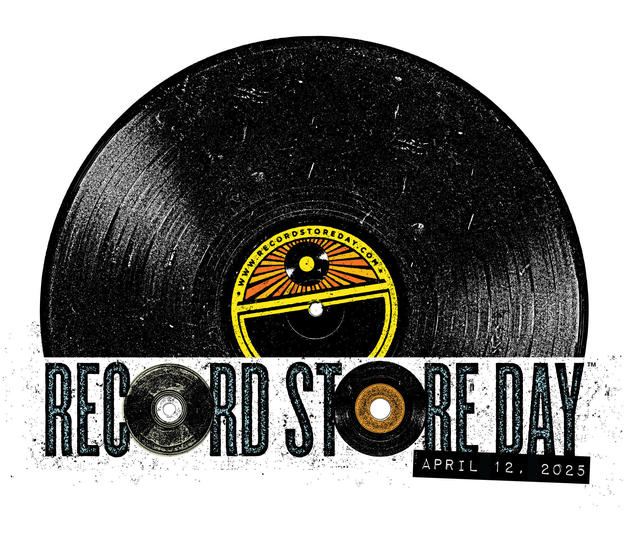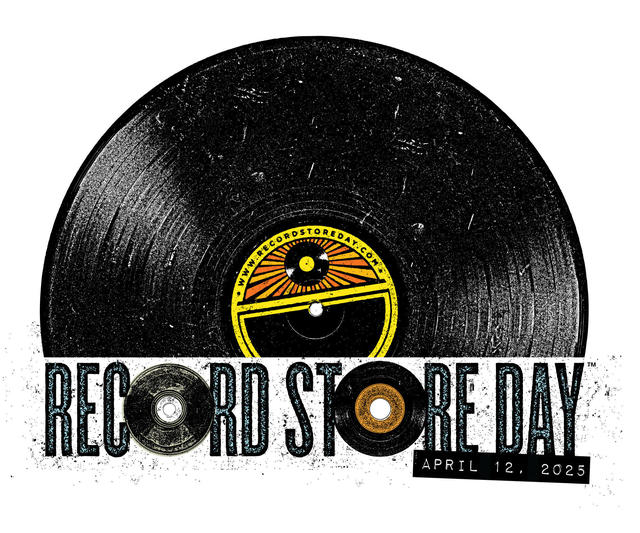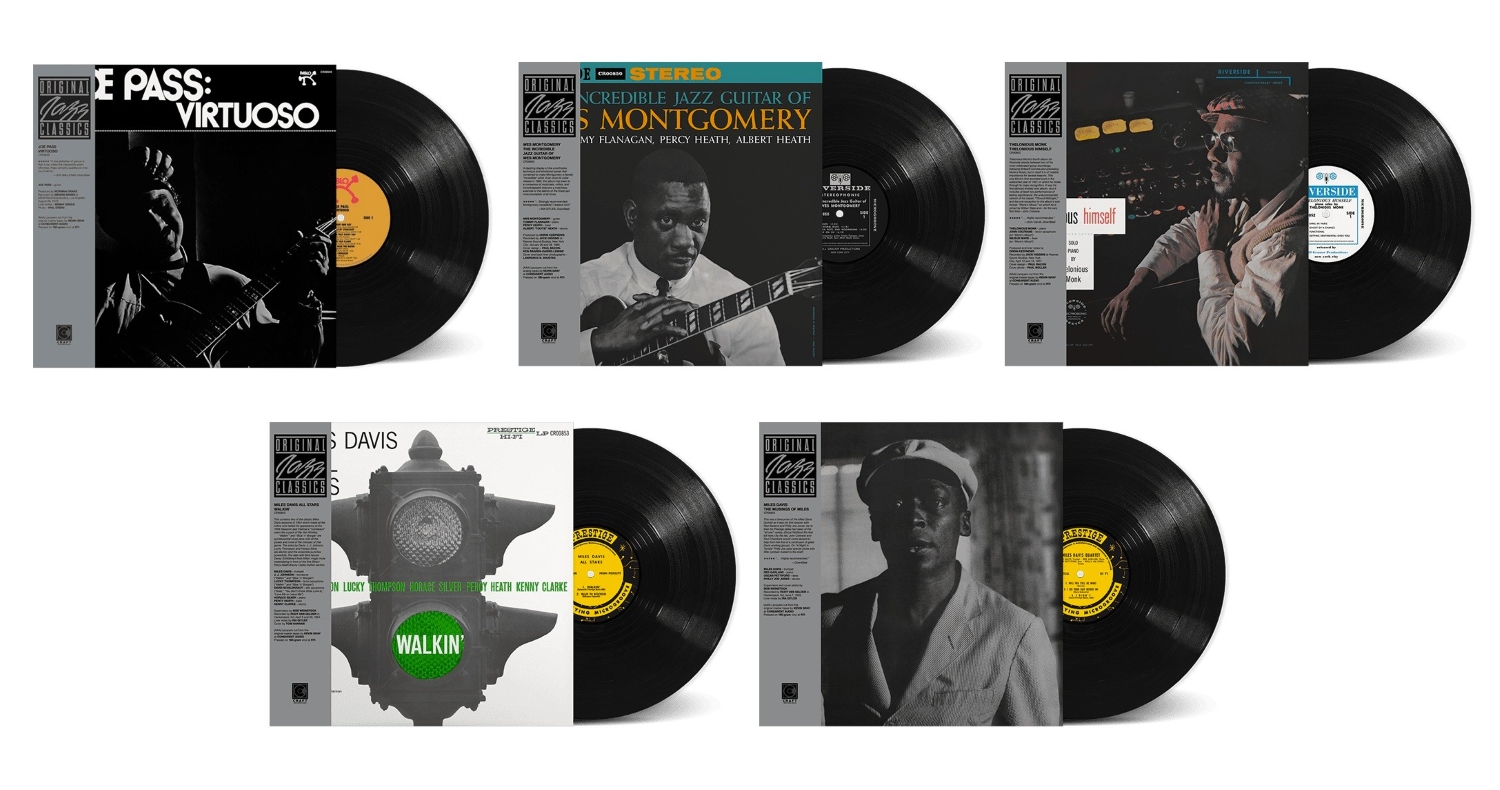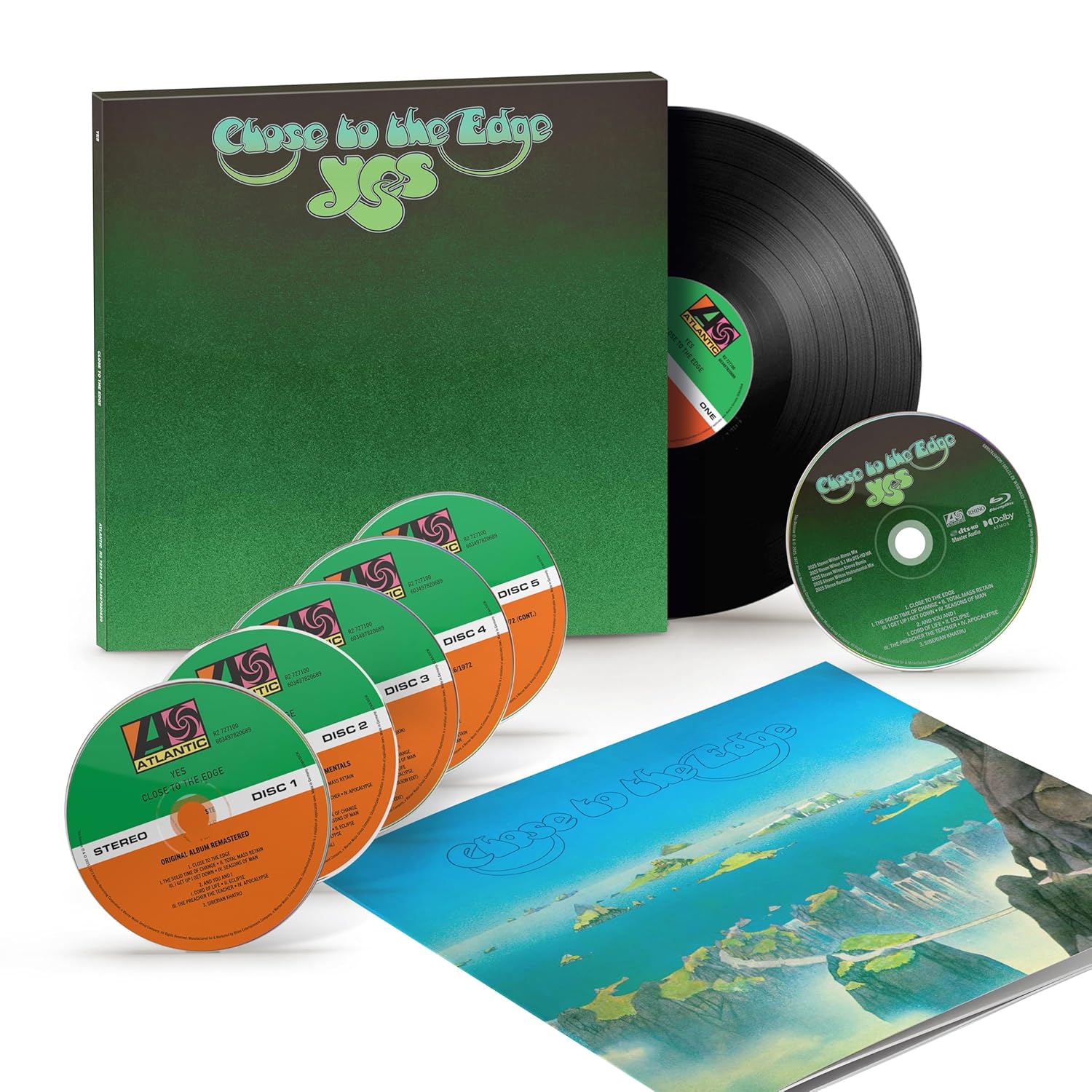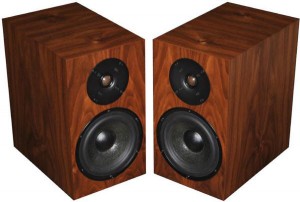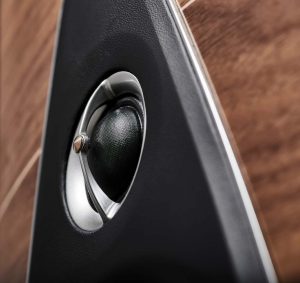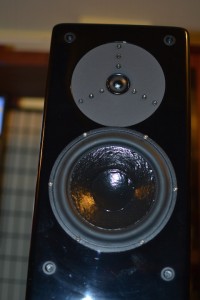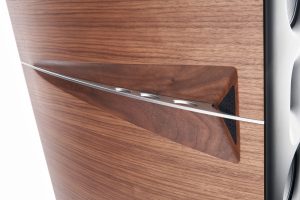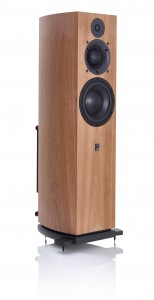Living Sound Audio (LSA) is the in-house brand of Underwood HiFi, a company that's nearly legendary in audiophile circles. Walter Liederman, Underwood HiFi's "big kahuna"—hey, the dude lives in Maui, for heaven's sake—was a perpetual fixture on the Atlanta audio scene for decades. Walter was a partner in Atlanta-based HiFi Buys for 23 years prior to the chain's acquisition by the Tweeter Group in 1997. He then started a new venture, Underwood HiFi, where he sold manufacturer closeouts, B-stocks, discontinued items, and specialty gear that wasn't marketed through typical distribution channels. Walter sold a ton of gear, mostly via AudiogoN, where his online moniker was "Underwoodwally." I worked in the Sandy Springs area (northern suburb of Atlanta) for decades, and drove past his location on an almost daily basis. Walter finally closed up shop there and headed for Hawaii, going with an all-internet-based sales model. Underwood HiFi still ships most everything they sell from a warehouse in Marietta, Georgia.
I've known Bill Leebens for years; is there anyone in high-end audio that doesn't know Bill? His connection to Walter Liederman stretches back to Bill's days with AudiogoN, and he currently does marketing work for Walter and LSA on the side. Bill and I were catching up recently, when he offered me the opportunity to review LSA's newest offering, the Signature 60 monitors. Having lived and worked in such close proximity to Underwood for so many years, and having completely missed out on it—I was definitely keen to give them a listen! There was only one caveat: there was no current information available about the Signature 60, online or elsewhere. Bill told me he'd get them out to me in a few weeks, but they actually showed up in just a few days, at a point where I couldn't even open the box right away. Walter called me soon after to introduce himself, offering to provide any information I might need for the review. In the process, he shared with me his excitement for the Signature 60's new AMT high frequency driver, which he said improved their performance exponentially over LSA's previous model, the Signature 50. I have quite the thing for AMT drivers, so immediately upon hanging up the phone, I cracked into the shipping box to have a first look.
The LSA Signature 60 Monitors are beautifully constructed
The LSA Signature 60 is a standmount monitor that draws its lineage from the model that preceded it, the Signature 50. The 50's $599 MSRP has made it a runaway best seller, and possibly the best bang-for-your-buck monitor available since LSA introduced it a year ago. Both models share the same cabinet, which is a vented bass reflex design with a rear-firing port. The exterior is wrapped in a smart looking vestment of black leather and fitted with beautiful, real walnut wood side panels. The fit and finish of the Signature 60 is exceptional in every detail; their appearance was immediately reminiscent of the Italian-made Sonus Faber range of loudspeakers. That said, I had one minor quibble; my review pair were prototypes that featured the kind of plastic, off-the-shelf binding posts that are typically found on less exotic loudspeakers. Walter assured me that the actual production models (they'll ship end of May) feature an elegant metal plate on the rear panel with the same heavily plated, pure copper, 5-way binding posts as those found on LSA's top-of-the-line Signature 80 monitors.
The plastic binding posts on the prototype I received have been replaced with a metal placket and solid copper posts.
While the Signature 60 doesn't outwardly appear different from its predecessor, removing the grill reveals the most obvious improvement, the new Air Motion Transformer (AMT). The AMT driver features a custom-designed waveguide for enhanced dispersion, and should offer a significant performance boost over the original's soft dome tweeter. The 6.5 inch treated paper cone woofer is the same one that was used in the Signature 50. Inside the cabinet, all internal wiring has been significantly upgraded, and the crossover has been redesigned with a much better selection of parts. The addition of the AMT driver and crossover improvements afford the Signature 60 an extended frequency response of 38Hz to 25kHz. The crossover point is 3.6kHz, and sensitivity is rated at 87dB. Their impedance measures 8 ohms nominal, and recommended amplifier power is between 20 and 150 watts. The Signature 60 is manufactured in China and carries a five year warranty.
Listening Tests
If you click on my name in the header, you'll see the complement of equipment in the two systems I used during the evaluation process. For this review I listened to the LSA Signature 60 in both my large, mostly digital room, and my smaller, mostly analog room. The larger room features my DAC/server/streamer setup that's usually occupied by a pair of Magneplanar LRS+ loudspeakers that are powered by a Naiu Laboratory Ella Mark 3 amplifier (500 wpc/4 ohms). I substituted the Signature 60 for the LRS+ and positioned them about seven feet from the wall behind them and about two feet from center of the drivers to the side walls. The smaller room normally features a pair of KLH Model Fives that are powered by a PrimaLuna EVO 300 tube integrated amplifier (40 wpc/8 ohms, EL34 output tubes). The Signature 60 replaced the Model Fives, and were positioned about three feet from the wall behind them, and about two feet from the center of the drivers to the side walls. Each amplifier—despite presenting very different circuit topologies and available wattage—powered the Signature 60 to perfection. Walter says the Signature 60 presents a load that's easy for most amplifiers to drive, and my listening tests proved that assessment to be spot-on.
The Signature 60 have thick padded feet attached at their base to protect them when positioned on a stand or a shelf. But it had better be a pretty substantial shelf; the Signature 60 are fairly large and rather heavy, measuring 10 inches x 13 inches x 15 inches, and weighing about 23 lbs. each. For my evaluation, I placed them on a pair of Lovan stands I had on hand, and they fit them securely—but just barely. I strongly recommend getting proportionally large and robust stands; being able to position the monitors out into the room will greatly enhance their imaging and overall response. The Signature 60 came fitted with smart looking black fabric grills that easily popped on and off—I left them off throughout the evaluation period.
I've had the Naiu Ella amplifier set up in the larger room for evaluation over the past several months; you can read my full review HERE. I took advantage of this situation by listening to some of the same tracks I'd been using in the Ella and LRS+ process with the Signature 60. And to more accurately gauge the bass response of the Signature 60, I turned off my REL subwoofer. I listen to a lot of acoustic jazz and jazz vocalists, and an album I stumbled onto while in a room at the Florida Audio Expo in February was from Harry Connick, Jr's 1990 release We Are In Love (Columbia/Sony - SACD). The track that particularly caught my attention was "A Nightingale Sang in Berkeley Square." After returning from Tampa, I immediately tracked down a copy of the SACD on Discogs, and my DSD 64 .dsf rip of the SACD disc was used during the evaluation.
The album features a jazz quintet that's accompanied by an orchestra on many selections, but on "Nightingale" you only hear Harry Connick's voice, Branford Marsalis' tenor sax, and Benjamin Jonah Wolfe's acoustic bass. The tune opens with Wolfe's bass intro on the right of the soundstage, then Connick's vocal appears, perfectly centered and with astounding realism. Marsalis then enters, softly blowing on the left. I was immediately struck by the Signature 60's astonishingly deep bass during the intro—Benjamin Jonah Wolfe's solo was rendered with a very "woody" sound, but with solid extension into the lower registers—and you could literally visualize him plucking the instrument's strings in the soundfield. I actually got out of my seat to go up and confirm that I had, in fact, turned off the subwoofer!
Walter told me about the upgrades he utilized in voicing the Signature 60, and I definitely got the impression they were aimed at the expected increase in performance from the new AMT high frequency driver. No noted changes were made between the two models with regard to the 50's existing woofer, so I assumed he must have been happy with its performance level. I'd never heard or even read a review of the Signature 50, so I had no frame of reference for what I was hearing, but I was really stunned by the very deep, articulated, and tuneful bass being output by the Signature 60. And this was the very first track I listened to! As the track continued, Branford Marsalis' sax took over at the song's bridge, and produced a solo that was rendered by the Signature 60 with a remarkable level of fidelity. I'm used to hearing this kind of imaging and realism from the Magneplanar LRS+ loudspeakers, but was shocked by the faithfully accurate presentation of the Signature 60.
The following tune, "Heavenly," opens with Connick's lone, melodic voice in the forefront of the soundstage; it's soon augmented by a chorus of soaring voices that float around and behind him as he remains firmly anchored in the center. The Signature 60's AMT driver imbues the voices with an added measure of top-end sparkle, and you can literally pinpoint the individual voices scattered across the soundstage. It's a stunning, nearly surround-sound-like effect for a strictly stereo setup, and the Signature 60 literally vanished in front of me. I experience this level of invisibility day in and day out with the Maggies, but I don't often hear more conventional loudspeakers pull this kind of disappearing act. The Naiu Ella Mark 3 is a beast of an amplifier, but proved a perfect match for the Signature 60, even though their output power (500 wpc/4 ohms) is significantly higher than LSA's recommended power range. I could easily drive the 60 to reference spls without any sense of strain, and I was able to increase the volume level much higher than I would have expected with the relatively small-form 6.5 inch woofer. I was stunned by their prodigious bass in the fairly large room; no wonder Walter didn't see any reason to upgrade the existing woofer!
I regularly spin LPs in my smaller, mostly analog room, and I was equally curious to hear how the Signature 60 would respond to my setup featuring the PrimaLuna EVO 300 tube amplifier. That week coincided with an LP review I was working on for Craft Recordings for their April Record Store Day releases (you can read that review HERE), and the title I focused on was Scottish alt-rockers Travis' The Invisible Band Live. Which celebrated the 20th anniversary of the album's release, and documented a live performance of the complete album in front of an appreciative home-town Glasgow audience. The crystal clear vinyl, double LP set is presented in a beautiful album package, and is well-worth seeking out if you can possibly find one. The clear vinyl LPs are perhaps the quietest I've had in my system, but most importantly, it's maybe the best live album performance I've ever heard!
With the impressive level of bass I experienced with the Signature 60 in the large room, I'll admit that I was a bit concerned that they might overpower the smaller dimensions of the analog room. As it turned out, no worries—the room is fairly well-damped, and the bass level was absolutely perfect! Again, the imaging of the Signature 60 was spot-on, and as in the larger room, they simply vanished during playback, giving me a really great illusion of being live in Glasgow with Travis at this incredibly entertaining concert. The Signature 60 projected a stereo image with a greater degree of scale than one might expect from a standmount monitor; I was constantly amazed by this. My PrimaLuna EVO 300's EL34 output tubes were an excellent match for the Signature 60, and helped imbue their sound with a very liquid and lush character. And the AMT driver presented a top end that was supremely musical, with incredible clarity and transparency—this really took me back to my first truly high-end loudspeakers, a pair of ESS AMT 10b that I was totally smitten with back in the late seventies.
Conclusion
When Bill Leebens and I connected six weeks ago, it must have been fate; it's like it was ordained by the gods that I must hear the LSA Signature 60 monitors. I truly enjoyed my time with them, and it's definitely given me pause to rethink what's possible in a loudspeaker with high-end pretensions at the sub-$1k price point. From the first tune I listened to, I already knew that I loved these excellent monitors. Walter Liederman pulled out all the stops with the upgrades to the Signature 60, and their ridiculously good performance level is uncharacteristic for under a grand in today's audio market. The Signature 60 are stunningly beautiful and well constructed, but most importantly, they're supremely musical and play nicely with a range of amplifiers and associated equipment. And for a limited introductory period, they're available for only $799 USD—I'd definitely give the LSA Signature 60 some serious consideration. Very highly recommended!
LSA Signature 60 Monitor Loudspeakers
Retail: $999 USD, Introductory Offer: $799 USD (Underwood HiFi is taking orders now at the introductory price, they'll ship end of May)
Underwood HiFi
All photos courtesy of the author




